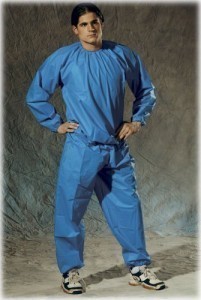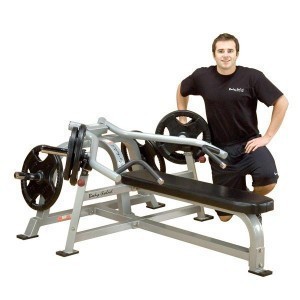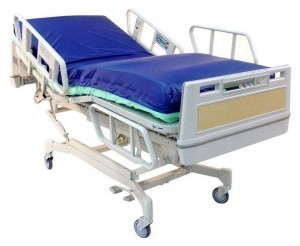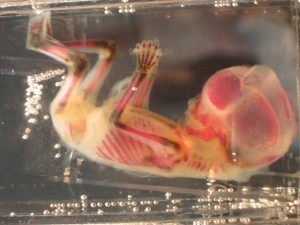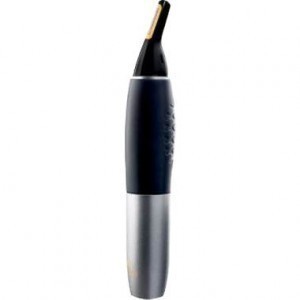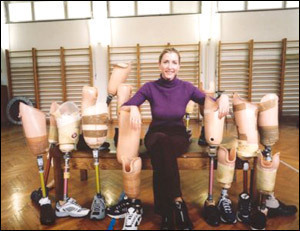Prosthesis Dimensions
Prosthesis dimensions can be very diverse, as they can refer to any device that replaces a body part. For example, prostheses in aortic valve replacements range in size from 19 mm to over 25 mm. Arm and leg prostheses are larger and often customized to suit the patient’s needs.
General Information about Prostheses
As indicated, a prosthesis refers to any type of substitute for any body part. Its purpose is to help the patient overcome the loss of that body part. It also helps improve the patient’s quality of life by giving them freedom of movement.
Research shows that prostheses have been used for thousands of years. Archaeological evidence shows that artificial limbs made from wood or metal existed as far back as 300 BCE. Primitive prostheses are heavy and difficult to use. The modern ones are much lighter and helps bring additional functionality.
How Prostheses are Made for a Patient
Every piece of prosthesis has to be custom made for the patient. This is to make certain the prosthesis will fit the patient. Of course the patient must be given time to heal. Patients who want a prosthesis must discuss the matter with their doctor.
The prosthesis dimensions, the designs and functionality must be assessed. The prosthesis can be basic, very functional, or lifelike and realistic. While some place value on the appearance, others focus more on the functionality. The more advanced the prostheses are, the more expensive they will be. 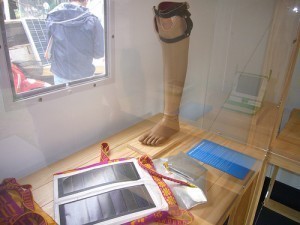
These devices can be attached to the body in several ways. The most common is by connecting to the stump via a suction. Others are buckled or strapped on. The designs vary, with some having hooks and cables while others have myoelectric hands that respond to electric impulses at the arm muscles.
How to Take Care of Prostheses
Follow the instructions given to you on how to care for the prosthesis. Don’t hesitate to ask if something is unclear to you. It is important that you have contact information in case you have other questions. Knowing what material it is made of will also be helpful. The maintenance and upkeep will vary. The electric prosthesis will require more upkeep than the body powered types.
No matter what the prosthesis dimensions are, you should take your time learning how to use it. If you are patient, it won’t take long before you become used to it and the device becomes second nature.
